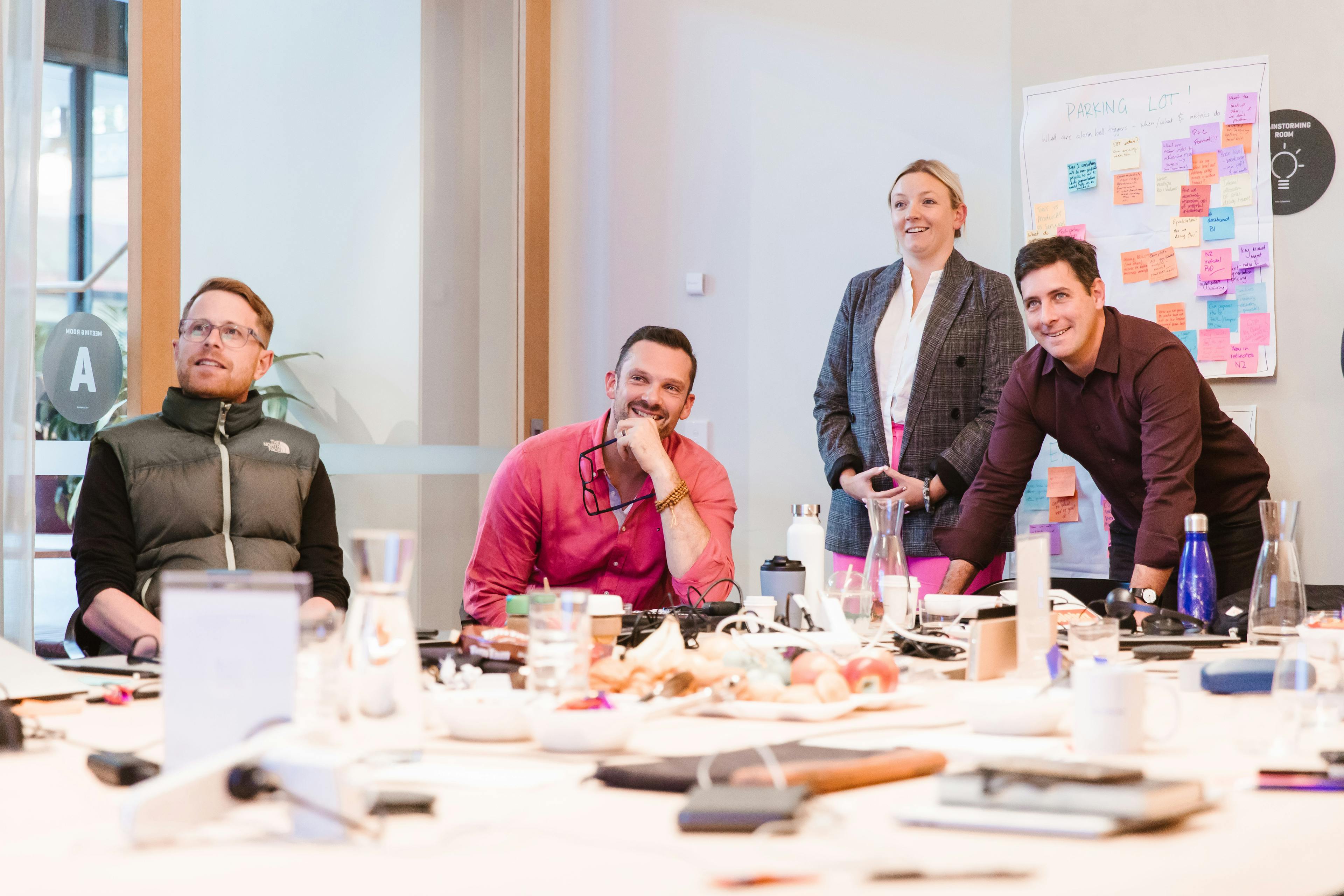
Where to start? How to do a modern slavery risk assessment
Written by Nicole Thompson
The modern slavery legislation requires businesses to report on the risks in their supply chain.
This can feel like an overwhelming task considering the length and breadth of modern, global supply chains, however its precisely this complexity that facilitates modern slavery and allows it to occur.
So where to start?
Risk assessment is all about prioritisation and efficiently addressing the risks that pose the greatest threat.
Here are four simple steps to help you identify the areas of your supply chain that are at risk:
- Quantify your spend
List all of your suppliers according to the amount that you spend with them. Risk can be characterised as a combination of risk-rating and spend. Generally, The greater the amount of spend, the greater the risk. On the flipside, the greater the spend the more leverage you may have over your suppliers to influence their practices. - Categorise your spend
Sort your suppliers into categories and determine if they are supplying goods or services. You need to capture your entire supply chain to adhere to the legislation. Not only the direct suppliers captured in procurement but making sure you include indirect suppliers that occur throughout your company’s operations, such as transport & logistics, labour hire, IT or manufacturing and processing activities. - Understand your risk
Starting with your highest spend categories, do some research. Does the product or service category, or location(s) of production carry a high risk of slavery? For example, is it coming from a country with known human rights violations or a high proportion of migrant workers? Resources such as the Global Slavery Index have information to help you do this internally, or you can bring in external experts/consultants to help. - Dig deeper with high risk suppliers
Focussing on the suppliers in the categories that have been identified as having the most significant risk of modern slavery, undertake a more specific and detailed risk assessment. This could be as simple as sending them a questionnaire and request for evidence or, for the largest and riskiest suppliers, undertaking a site-based audit. Questions you ask and evidence you seek will relate to things such as the nature of their workforce, and what policies or management systems they have in place.
At Edge Impact we take a Life Cycle Assessment approach to map the social (and environmental) hotspots across every stage of a products life, from material extraction to end of life disposal. This approach is unique because it provides a rapid and accurate risk screening across all tiers in the supply chain.
What are the social impacts of a supply chain?
Social impacts of a supply chain include issues such as forced labour, excessive working time, indigenous rights, corruption and conflict amongst many more. This detailed mapping exercise provides supply chain hot spots and allows specific issues within the supply chain to be targeted.
What’s important to remember is that businesses aren’t expected to solve all the problems they find overnight. Its acknowledged that eradicating modern slavery from global supply chains will be an ongoing process taking a number of years.
How we can help your organisation
The critical thing is to get started straight away. Whether your business performs a risk assessment in-house or with the help of a consultant, there is no better time to start getting to know your supply chain than now.
As experts in the full spectrum of sustainability topics, we are here to guide you through the complexity. Our team includes specialists from across the globe; from strategists to economists, engineers to creatives. Since 2008, we have been helping businesses, organisations, industries and societies make transformation happen.
Our areas of expertise are focussed around the following areas:
Leadership and Transformation
ESG and Strategy
Circular Economy and Lifecycle Thinking
Procurement and Supply Chain
Built Environment
Nature and Biodiversity
Brand, Communications and Creative
Contact us today to get started.
Edge Impact has a wealth of experience in risk assessment and life cycle assessment. To find out more about how we can help your organisation, please contact Nicole Thompson (nicole.thompson@edgeimpact.global).

CRJO partnered with Edge to develop a toolkit for retrofitting homes, boosting bushfire resilience for homeowners, councils, and industry.






